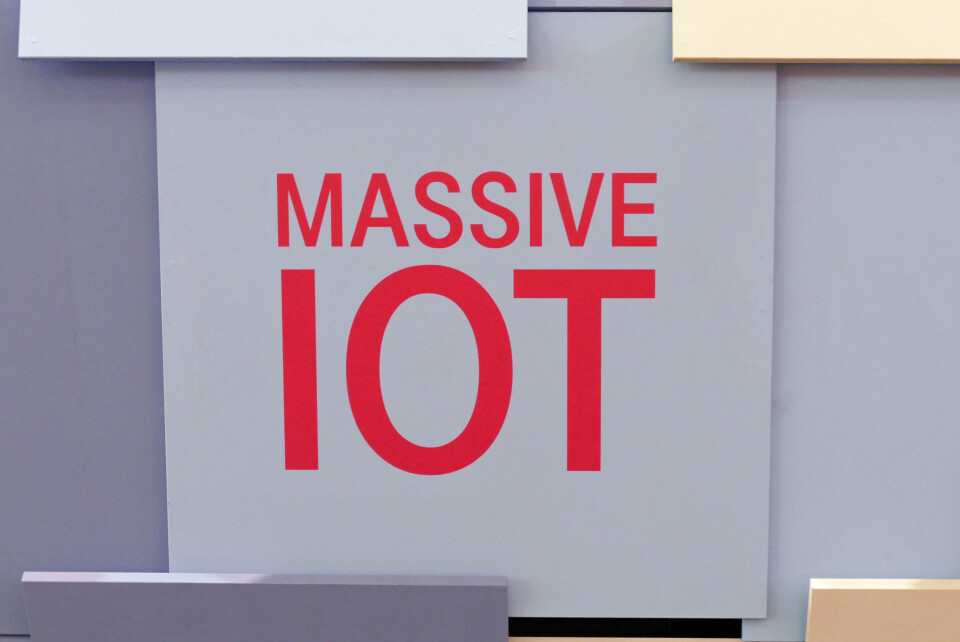
As IoT sales surge, consumers still lead the way
IDG NEWS SERVICE: Enterprise IoT will be mostly for specialized needs until next year, Gartner says.
The internet of things will have nearly one-third more devices by the end of this year, though many of them won’t exactly be exotic.
There will be 8.4 billion IoT devices in use at the end of 2017, up 31 percent from the end of 2016, Gartner estimated on Tuesday. That's slightly faster than the growth rate last year. The number will keep growing at about the same pace until 2020, when there will be just over 20 billion devices, the research company says.
Nearly two-thirds of the connected objects in use this year will be consumer products, especially smart TVs, set-top boxes, and in-car devices such as entertainment systems and sensors that help insurance companies monitor driving. Home IoT gadgets like connected door locks and lightbulbs are still popular mostly among tech-focused early adopters, analysts say.
Enterprise IoT is playing out in a similar way, as vertical industries like manufacturing and health care lead the charge with more than 1.6 million devices for specialized needs, Gartner analyst Peter Middleton said. But in 2018, cross-industry IoT systems like connected lighting, heating and security, will start to overtake the vertical uses, he said.
Businesses already spend more than consumers on IoT, with hardware purchases hitting $964 billion this year, Gartner says. Consumers will spend $725 billion.
IoT might grow even faster in the next few years thanks to more economical products from China, Middleton said. China’s electric utilities have done a surprisingly good job of driving down the cost of things like smart meters through competitive bidding among their suppliers, he said. What Chinese companies learn from that could lead to a wave of cost-effective products in North America and Europe that might accelerate the growth of IoT.
However, security worries might cool consumers’ love for smart-home gear, Middleton added. More incidents like last year’s DDoS attack from a botnet of insecure connected cameras and DVRs might slow down IoT growth.
“It could cause consumers to think twice about employing connected devices,” Middleton said.






















